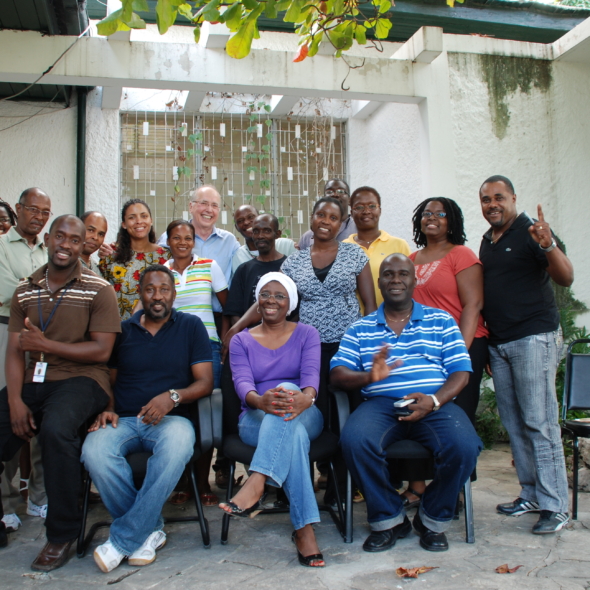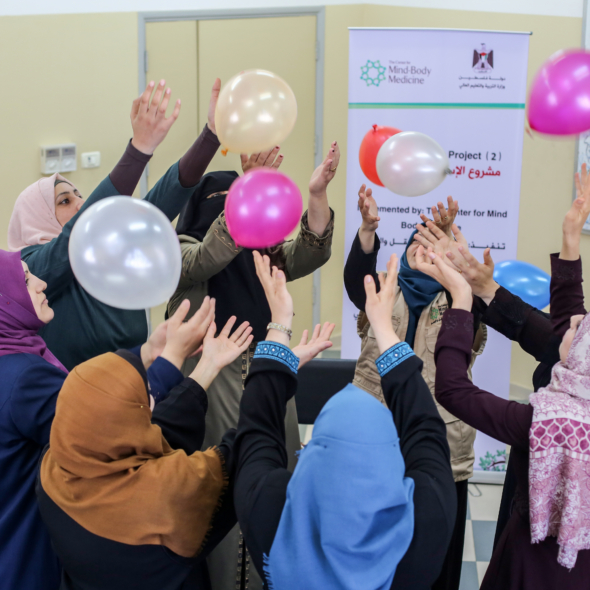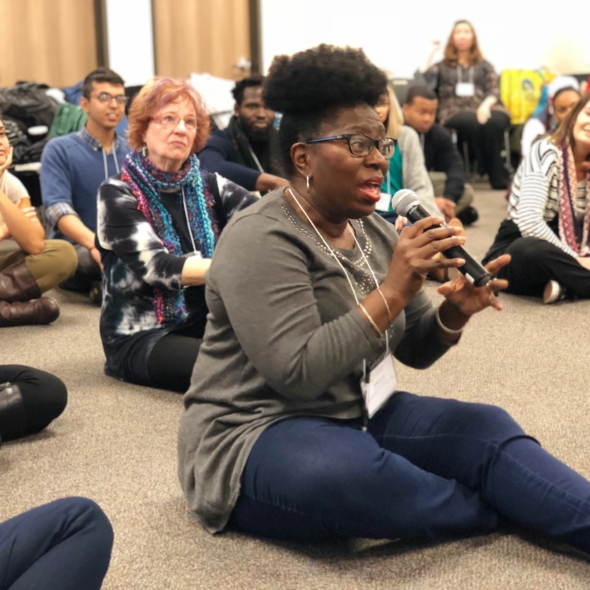By Jo Cooper
This is a guest post by Jerrol Kimmel, RN, MA, Mind-Body Medicine faculty member and Food As Medicine graduate. Jerrol has created a highly effective synthesis of the two programs called What Are You Hungry For? Her clients report remarkable results from doing carefully guided ‘root’ work with Jerrol: significant, sustainable weight loss balanced by what one client describes as mindful awareness around food that is , “…sacred and deeply transformative on many levels.” She tells her clients, “The way you do food is the way you do life.”
I know this from my professional life and my own personal challenges with emotional eating: all the information in the world about the “right” things to eat or the “right” diet won’t help if you don’t find another way to navigate life without turning to food to cope.
First, discover the difference between physical and emotional hunger and how to feed each of them in the right way. Once food finds its rightful place, to feed the hunger of the physical body, then the next piece is to discover how to feed the emotional hunger; how to express your feelings appropriately and get your underlying needs met.
It begins with a readiness to change and a vision of what you want. It’s not a number on a scale; it’s how you want to feel in your body – alive, energetic, healthy, whatever.
I have people do three drawings: their relationship with food, their biggest problem, and how they would like to be. I use imagery to help them embody the third drawing, so this feeling, this vision, becomes what they are choosing towards each time they want to eat.
Many people who have been on diets look to external authority to answer the question, what should I eat? It is never as simple as eat this, don‘t eat that for those who have learned to use food to anaesthetize and edit life.
I help people listen to their own body’s needs through guided imagery. For example, I have each person imagine a wise being, a helpful guide, that can answer the question, what is one thing I need to remove from my diet or bring into my diet to help me move towards the vision of how I want to be and feel in my body?
Through this process of asking, each person discovers their own voice and begins to right their relationship with food in a way that reflects their own preferences, their body chemistry and their cultural and personal history. This inquiry and practice allows for a true transformation of their relationship to food that is sustainable for a lifetime.
Read more about Jerrol on the Center’s website. She lives and sees clients in San Francisco, CA, and via phone around the country.


